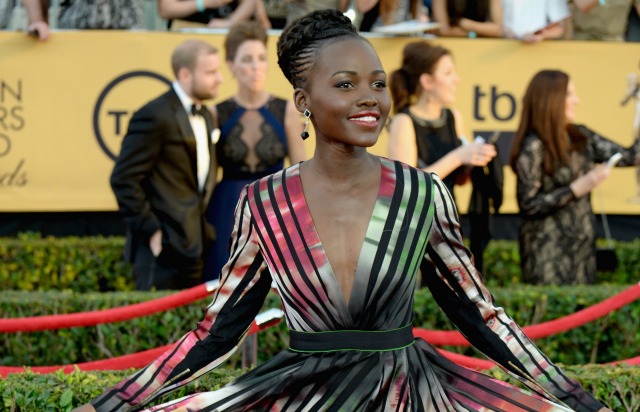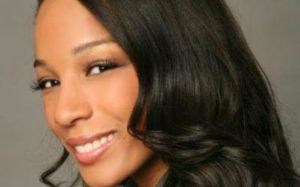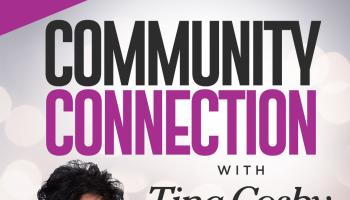
Actress Lupita Nyong’o attends the 21st Annual Screen Actors Guild Awards at The Shrine Auditorium on January 25, 2015 in Los Angeles, California. (Photo by Jeff Kravitz/FilmMagic)
A little over a week ago, the Oscar nominations created quite the buzz. Many people were up in arms regarding the fact that there wasn’t an acknowledgement of the actors and directors of color who made an impact in film this year.
News outlets and people everywhere started saying this was the “whitest Oscars” in years. The hashtag, #OscarsSoWhite started trending on Twitter. In the case of director, there was also the gender diversity problem that had many people questioning how Ava Duvernay left the building without a nod. Advocacy organizations representing people of color were outraged, as they should be. But the larger issue goes much deeper than whose name were called as nominees.
While most people were focused on who is on the nomination list, the larger issue is: who are the people behind the scenes? Specifically, the Academy of Motion Picture Arts and Sciences (AMPAS) is 94% white and 76% male. This is the body that decides who gets nominated and who wins, so it’s no wonder why the nominees lack the diversity we want to see reflected.
SEE ALSO: Dennis Rodman Doesn’t Believe North Korea Is Behind Sony Hack
The recent issues facing Sony Films after leaks of their email accounts went public, show just how much diversity is an issue in the industry – so much so, that even a meeting with the President of the United States was not handled with cultural competence.
There is a great failure on the part of Hollywood to fully embrace people of color. That cultural tone deafness bleeds not only into the films that are shown in movie theatres, but the shows that we see on television, the ads we see in magazines and the awards that honor people doing the work.
Far too often, people of color struggle to find themselves represented on any screen and even when they do, it’s often in stereotypical depictions that offer only a fractured view of their real life narrative. It’s a problem that not only impacts the people of color with a limited reflection, but also impacts the greater society.
I recently had the opportunity to screen the new film, “Black or White” with Kevin Costner and Octavia Spencer, about a custody battle of a young mixed race girl. During a panel discussion about the film, one of the stars of the film, Anthony Mackie, began to explain the inherent differences in the reality of black people and white people when it comes to how screen portrayals play out in real life. He told the story of his son wanting to be Captain America for Halloween. Mackie, who plays the superhero Falcon in the Captain America film series, went on to say that he took his son to a Halloween party and one of the white parents told him that their son wanted to be Falcon, but couldn’t, essentially because Falcon is black and their son is white.
For most people of color, we live every day having to see or identify ourselves with white characters, while most white people can never find themselves identifying or seeing themselves in black characters. That difference is simple yet significant. It is the thing that blocks us from understanding each other and it blocks us from truly embracing diversity.
The need for diversity should not be about checking boxes, but understanding the realities of life. There are many people who talk about being colorblind when it comes to race as if that somehow means they embrace everyone. But the real truth for some is, they don’t see color – the look right past and through people of color in their lives, so much so, that if they are a Hollywood executive or filmmaker, the lack of people of color truly does reflect their real life experiences and shows up on screens as a white wash.
To be clear, there is no doubt that what people of color want is an acknowledgement of good work. No one desires tokenism. You would be hard pressed to find anyone saying that films about Madea, as beloved in the community as they are, should be nominated for an Oscar and we don’t want to see actors doing a poor job or relegated to featured extra roles just so it can be said that there is a diverse cast. But when you see a movie like “Selma” with the stirring performances that it featured or the dramatic and suspenseful directing that has left moviegoers with tears in their eyes and a fire in their souls, that there wouldn’t be an acknowledgement of that is somehow unjust.
When Gina Rodriguez, star of “Jane the Virgin” which airs on CW networks, won the Golden Globe for best actress in a TV comedy gave her stirring acceptance speech, she made a comment that resonated with so many people, specifically people of color.
She said, “This award is so much bigger than myself. It represents a culture that wants to see themselves as heroes.” But seeing the bigger picture, we understand until there are people of color who are top level executives at film studios and television networks, until we have more casting directors who are as diverse as this nation, until we create more spaces for people of color to tell our stories and reflect our true images through writing, we will never truly address the lack of diversity.

Janaye Ingram is the Acting National Executive Director of National Action Network (NAN) and oversees NAN’s action agenda and legislative advocacy work under Founder and President, Rev. Al Sharpton. In this role, Ingram focuses on issues such as education, criminal justice, housing, technology, economic development and healthcare, among others.
Beyond #OscarsSoWhite, Seeing The “Bigger Picture” was originally published on newsone.com














